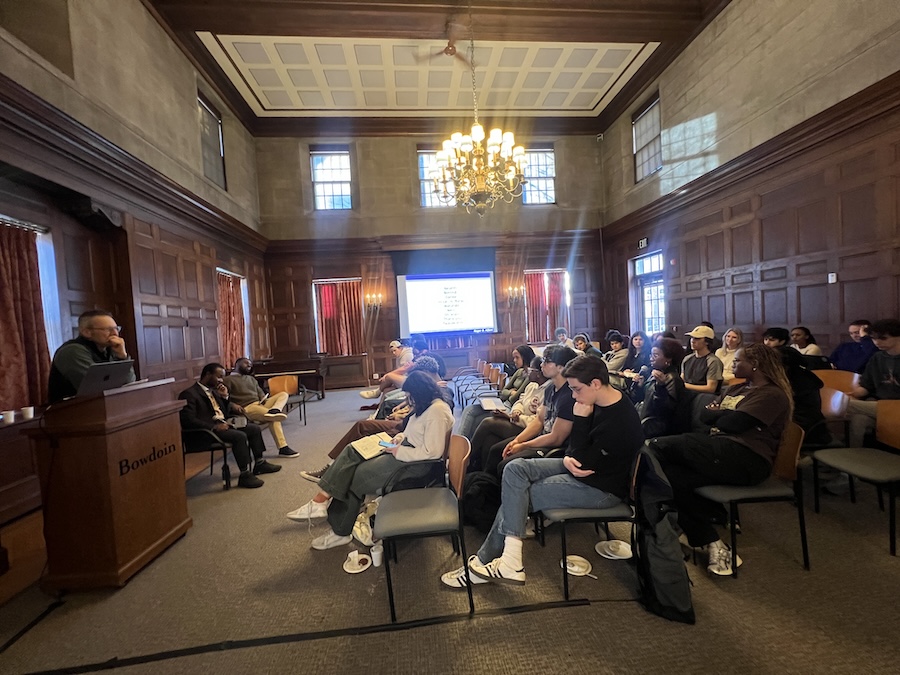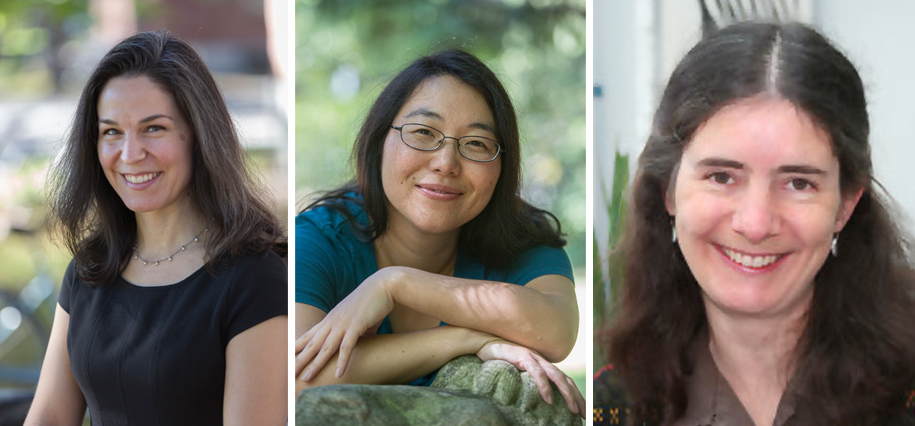Symposium Shines Spotlight on Gender and Religion in the Russian Revolution
By Tom Porter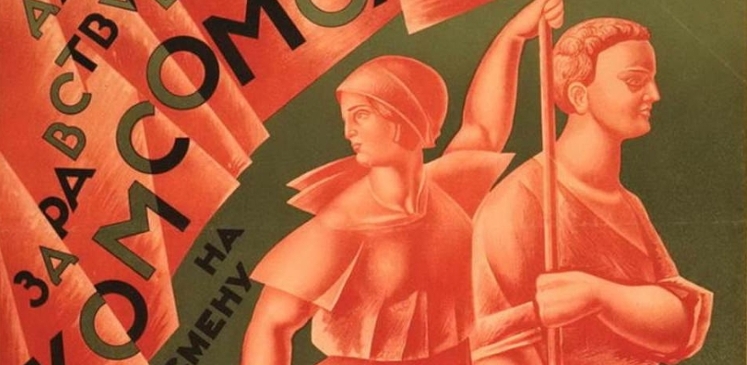
The event will explore the impact of two of the Russian Revolution’s most radical projects: the establishment of gender equality and the “liberation” of Soviet society from the “opiate” of religious belief. Bowdoin News spoke with Associate Professor of History Page Herrlinger, who organized the symposium.
How significant was the Russian Revolution in terms of promoting gender equality?
One of the claims of the Revolution—and it’s a big one—is that it promised the most progressive stance on gender anywhere in the world at the time. We’re talking about full equality between men and women, and it happened virtually overnight. As that played out over time, however, all sorts of obstacles and challenges appeared.
When exactly were these reforms introduced?
The timing was interesting, because full voting rights were granted to women in the late spring of 1917—that is, after the first Revolution in February, when the Tsar was overthrown, but before the October Revolution, when the Bolsheviks under Lenin took control—and it was largely due to protests by Russian feminists in the streets.
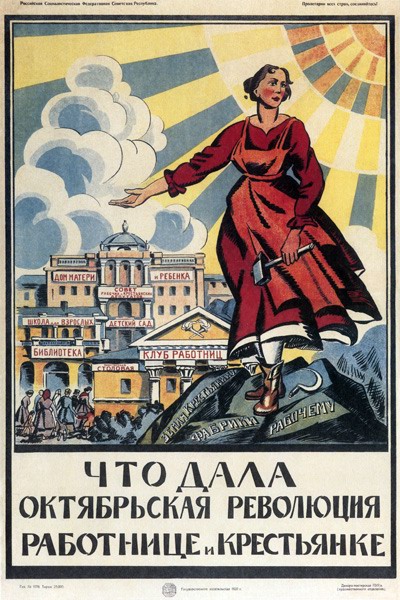
Was gender equality one of the aims of the Bolsheviks?
The Bolsheviks had always seen gender equality as less of a priority than social equality. They saw it largely as a bourgeois problem: Gender inequality, they reasoned, was a tradition which came from the patriarchy and property relations that were central to bourgeois society. Once they got rid of
How widespread was female emancipation in practice?
How gender equality played out in practice was a very different story to how it was on paper. It mostly happened in the cities and among the younger generation, to the extent that it happened at all. But even within the Communist Party, it was difficult. There were many obstacles to female emancipation: stereotypes about women got in the way for example, as did parents who wanted their daughters to stay at home and help raise children.
The state was pretty insistent on promoting women’s equality, not only through
One of the things we’ll be doing at the symposium is asking what the study of gender issues does to enlighten us about the Revolution as a process and how it unfolded. Some of the attending professors are leading gender scholars.
The other part of the symposium looks at religion. How did the Russian Revolution deal with the church?
Very harshly. The Bolsheviks set up an
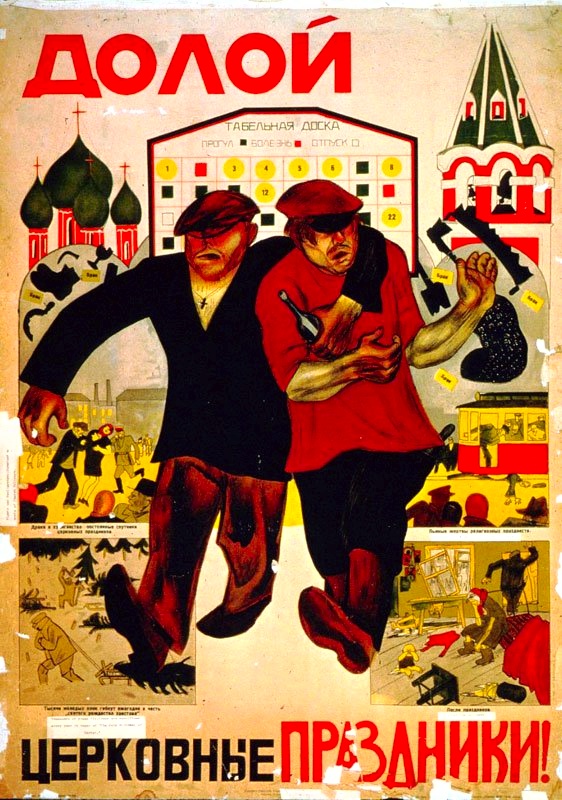
The Orthodox Church was so deeply ingrained in Russian society. How did the Bolsheviks go about supplanting it?
They couldn’t do a lot in terms of older generations. What they tried to do was break that link between parents and children and focus on secularizing the youth, both in school and through various propaganda campaigns. “Teach yourself to be godless” was the message. Their policies also stressed the superiority of science and medicine over religious ways of thinking and acting.
How successful was this effort?
It was fairly successful in that many of the younger
Karl Marx famously described religion as the “opiate of the masses.” To what extent did the Russian Revolution replace one kind of opiate with another? (i.e., worship of the state instead of worship of a god?)
The argument that Soviet socialism was a kind of “political religion” has often been made, but I think a more interesting question is whether or not Soviet atheism proved to be a successful substitute for religion. One of the scholars coming to the symposium—Victoria Smolkin from Wesleyan University—has researched this topic extensively. Her work suggests
What are you hoping this symposium will achieve?
I’m trying to get scholars who study women and their secular lives together with those who study women and their religious lives. I think one of the legacies of the Soviet period is that we tend to think of the secular and the religious as two different tracks, and I’m trying to show that they were very intertwined. So my hope is that this brings people into conversation with each other and enables us to see the interconnections: how religion pushed the Soviet experience, and vice versa. That’s something we’re missing in terms of understanding the impact of the Revolution.
